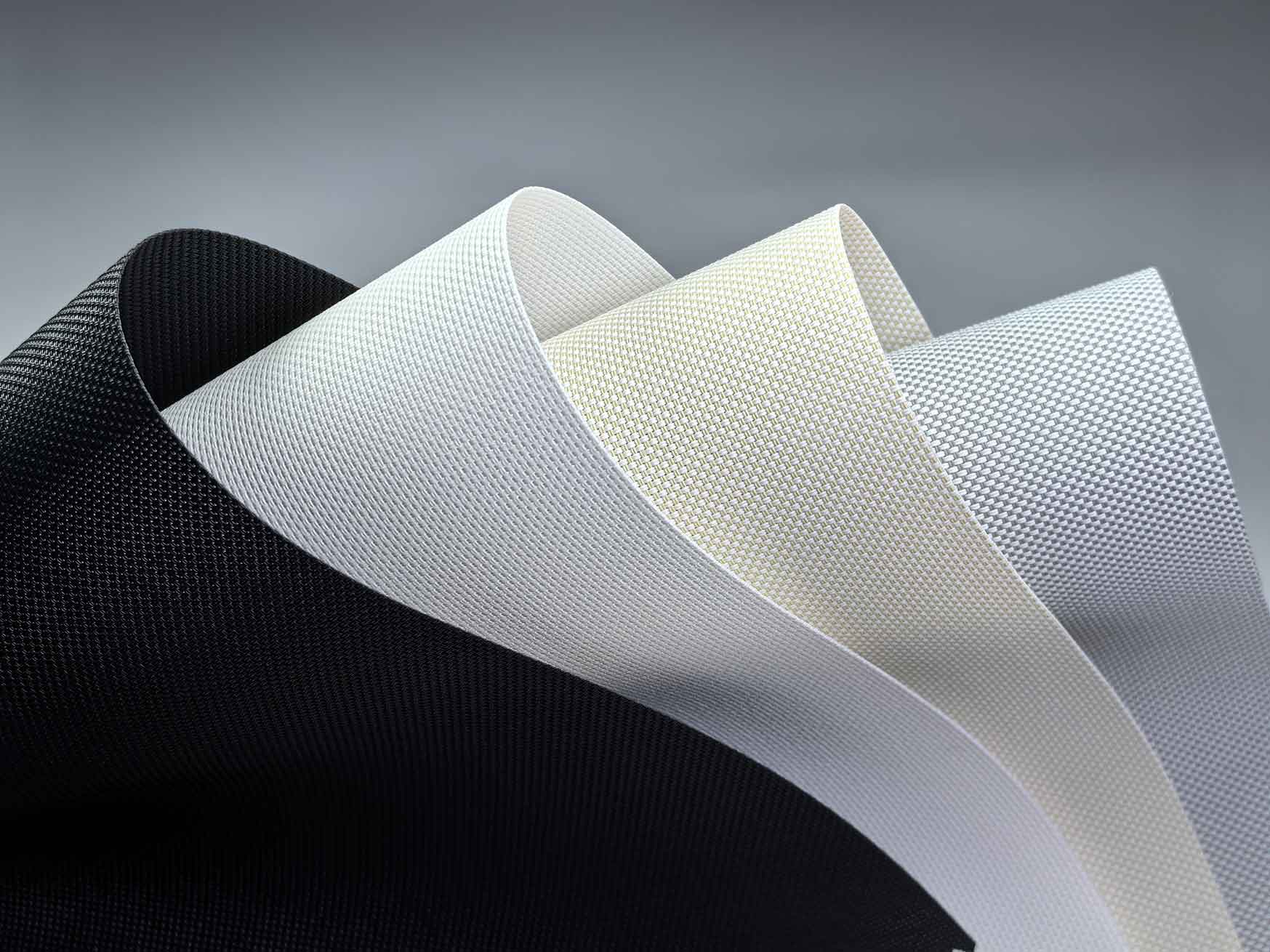Fabrication Guidelines: Manufacturing with L1 Series Materials
The transformation of the L1 Thin Plain Weave Series into premium window treatments demands careful attention to material properties and manufacturing methodologies. This extensive collection of Sunscreen fabrics presents specific considerations for manufacturers developing customized window covering solutions. This comprehensive manual addresses practical aspects of working with these quality materials to ensure optimal outcomes in finished products.

Product Applications and System Configurations
The series accommodates various finished product categories:
Standard Roller Systems: Conventional solutions for typical window applications
Motorized Implementations: Integration with automated control and operating systems
Specialty Configurations: Custom solutions for unique architectural requirements
Commercial Installations: Large-scale applications for business environments
Material Handling and Preparation
Proper handling guarantees optimal fabrication results:
Color Management: Meticulous organization of different color variants to prevent confusion
Storage Conditions: Maintenance of clean, dry storage environments to preserve material quality
Layout Strategy: Strategic material utilization to reduce waste and ensure pattern uniformity
Cutting Techniques and Precision Methods
Various cutting approaches necessitate specific considerations:
Precision Cutting: Accurate cutting techniques for clean edges and proper alignment
Pattern Consistency: Careful attention to plain weave pattern continuity
Quality Verification: Regular checking of cutting accuracy and edge quality
Color-Specific Manufacturing Considerations
Different variants require particular attention:
Light Colors (L1-101/L1-301): Special care to prevent surface contamination
Dual-Tone Patterns: Attention to pattern orientation and alignment
Dark Variants (L1-309): Careful handling to prevent visible marks and imperfections
Seaming and Joining Procedures
Multiple techniques are available for professional product assembly:
Thermal Bonding: Heat-based joining methods for robust, clean seams
High-Frequency Welding: Advanced joining technology for durable, nearly invisible seams
Stitching Methods: Conventional sewing techniques with color-coordinated thread selection
The successful fabrication of L1 series-based window treatments requires complete understanding of material characteristics throughout the manufacturing sequence. By implementing suitable fabrication techniques and quality control measures, manufacturers can create superior products that deliver both aesthetic appeal and dependable performance as premium Roller blinds Fabrics solutions.















